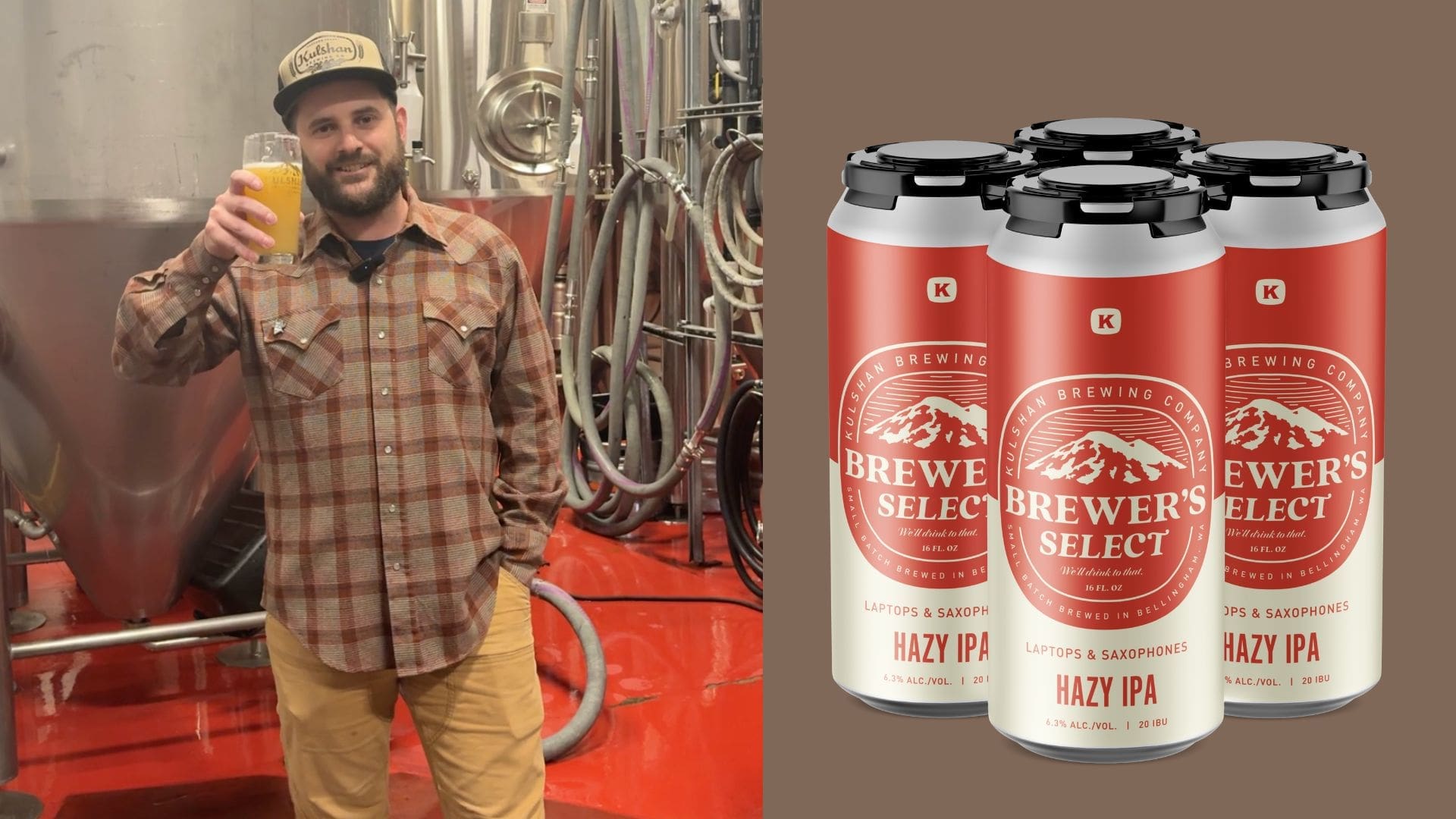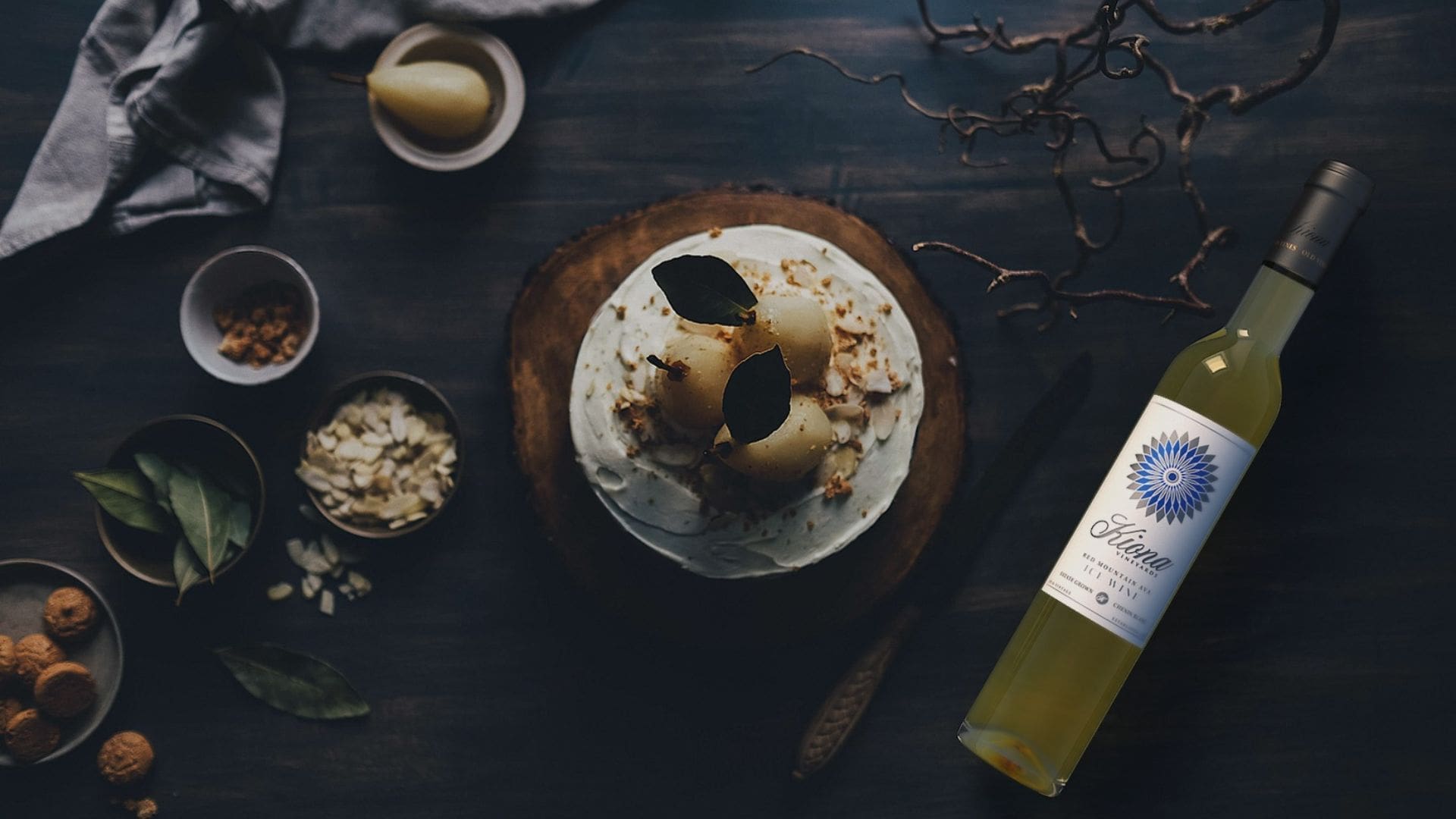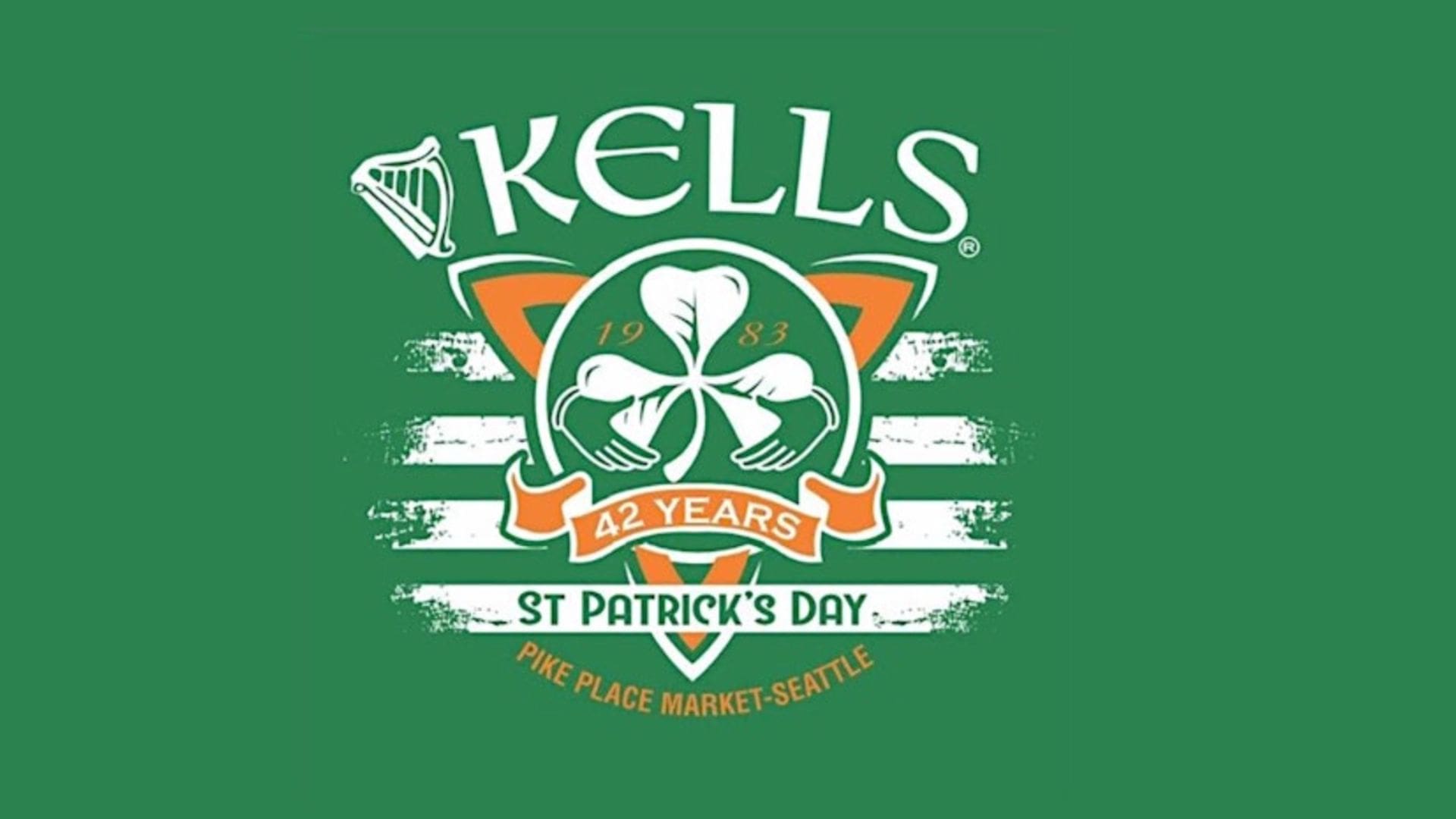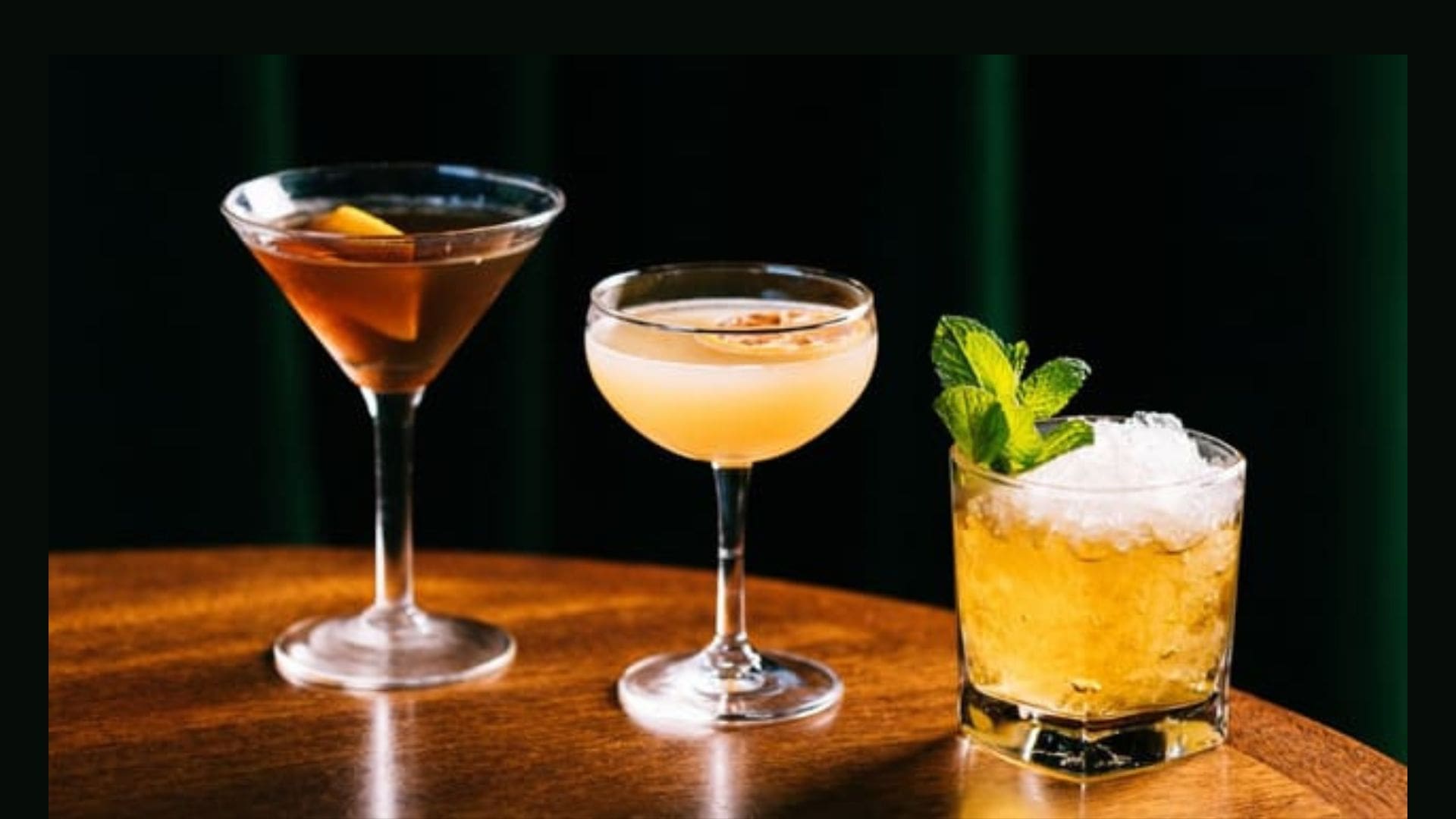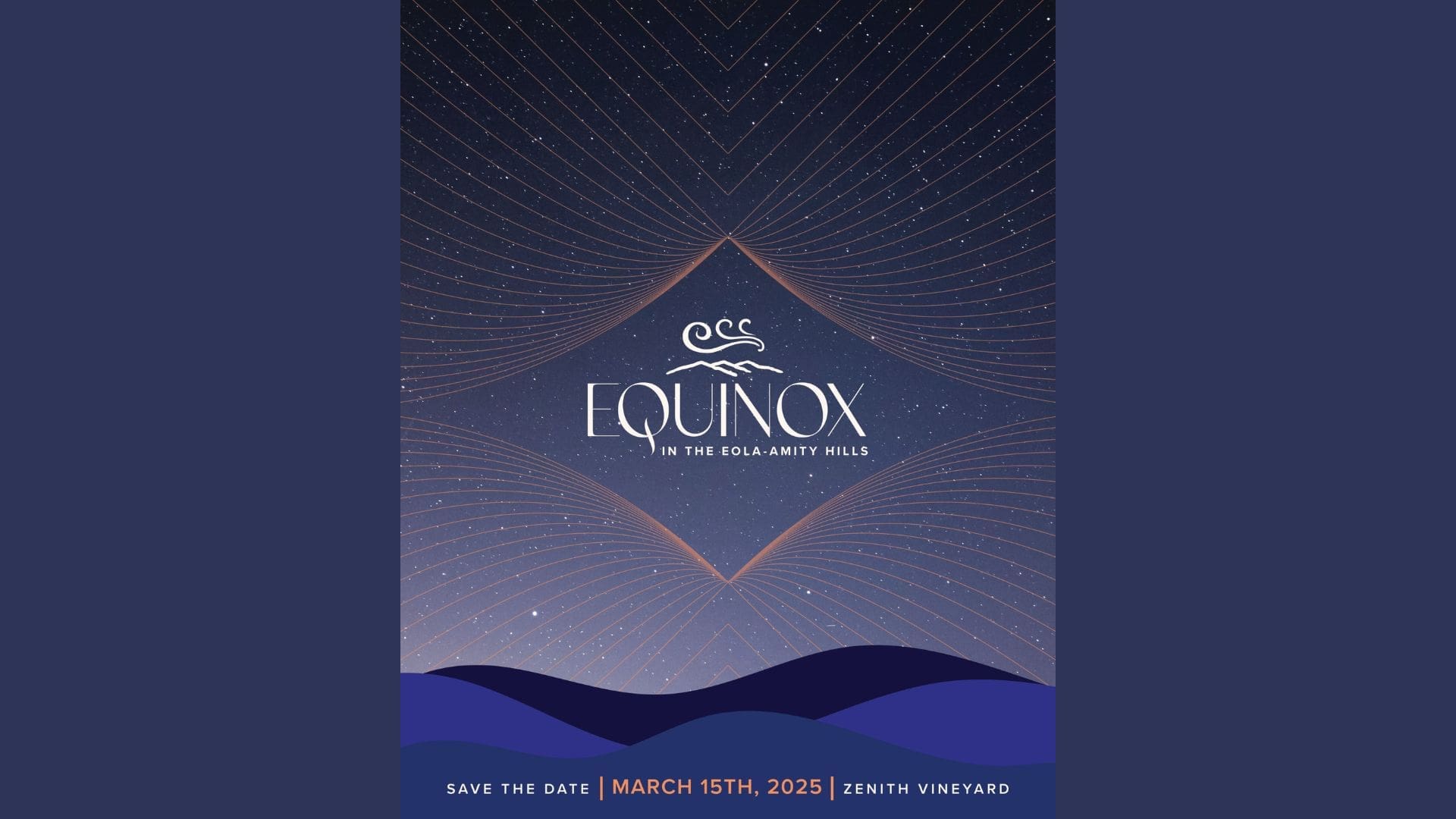Sitting in a room with a hundred or so fellow wine experts and Riesling fanatics for the fifth annual Riesling Rendezvous last week, something occurred to me: The Old World/New World distinction we talk about is pretty much worthless at this point. It had some utility in the past, but attempting to make broad stylistic assumptions about a wine based solely on where it comes from seems like a thing of the past.
Here’s an example: we were blind tasting a variety of off-dry Rieslings, and almost no one could consistently correctly identify where the wines were from. That’s not meant as a criticism of the attendees, but more an observation about how much the world of wine has changed, and is changing. No more does big, bold fruit necessarily imply New World origins, nor does stark acid and secondary flavors presage Old World heritage.
In the past, the assumption was that New World wines came from warm climates, emphasized bold fruit and were lower in acidity, while Old World wines were more or less the opposite. Even a few decades ago that was probably over-simplification, but now it’s essentially worthless. Those stylistic trends still exist of course, but they’re much harder to attribute to vast swaths of the planet.
Some of that is because many winemakers in the New World are at least as enamored of complexity and acidity as those in the Old. As tastes change, different styles of wine are in vogue, and the pendulum does seem to have swung at least somewhat towards more balanced and complex wines. With today’s ease of travel and communication, viticultural and vinification techniques can be discussed and shared across the globe.
The biggest looming factor is climate change. Traditional regions like Germany’s Mosel Valley, once almost too cold to make wine, are warming rapidly. Now, instead of barely-ripe grapes harvested at the very end of the growing season, you have more fully-ripe grapes being harvested weeks earlier than in the past. The resulting wines are a bit more generous in flavor and higher in alcohol, even if they still have the bright acidity that has long typified the region. Eiswein (or Ice wine), once readily attainable at least a few times a decade, is now being left almost exclusively to Canada.
Riesling, because of its global appeal and preference for slightly cooler growing conditions, is perhaps the perfect barometer for these changes. Just as palates have largely shifted away from overtly sweet expressions of the grape, we’re seeing complex and age-worthy bottlings from all over: Western Australia, Lake Ontario, Oregon, Lake Seneca and so on have been added to a roster that already included much of Germany, Alsace and Washington. Winemakers the world over are showing that style and technique, more than sweeping geographic classifications, are how we should identify wines in the modern age.


